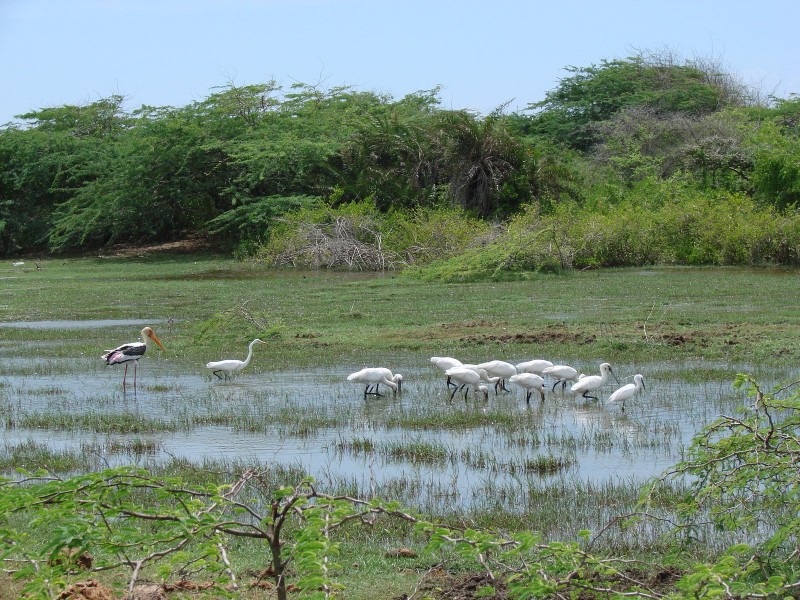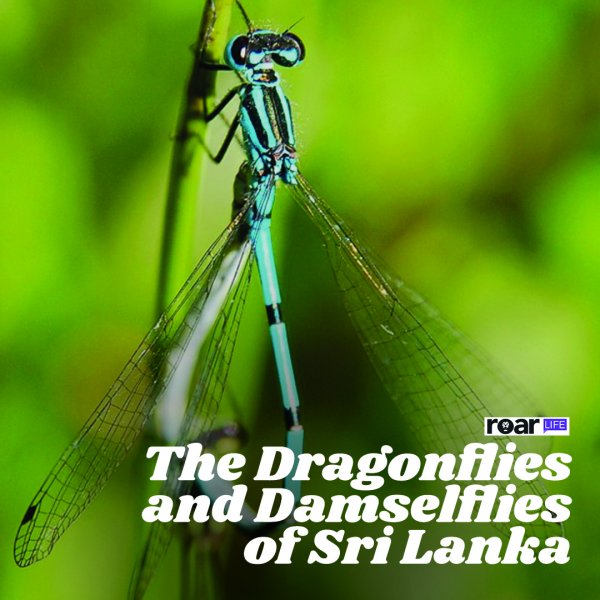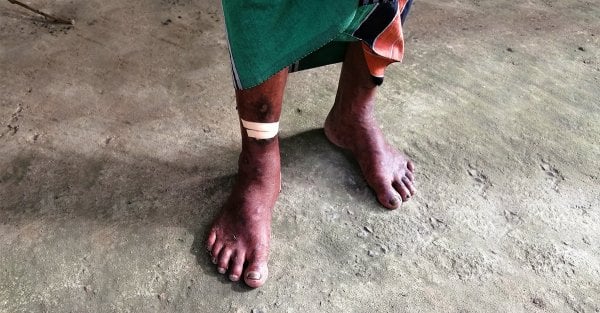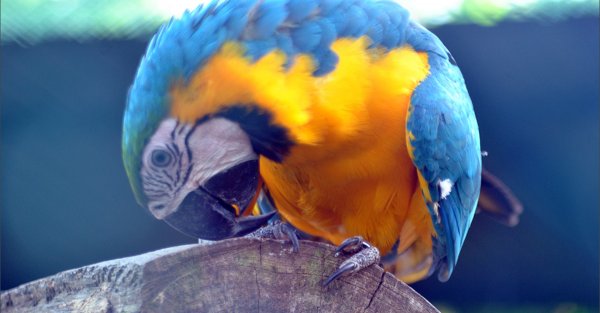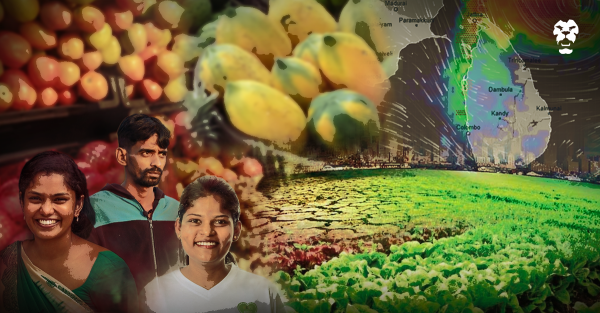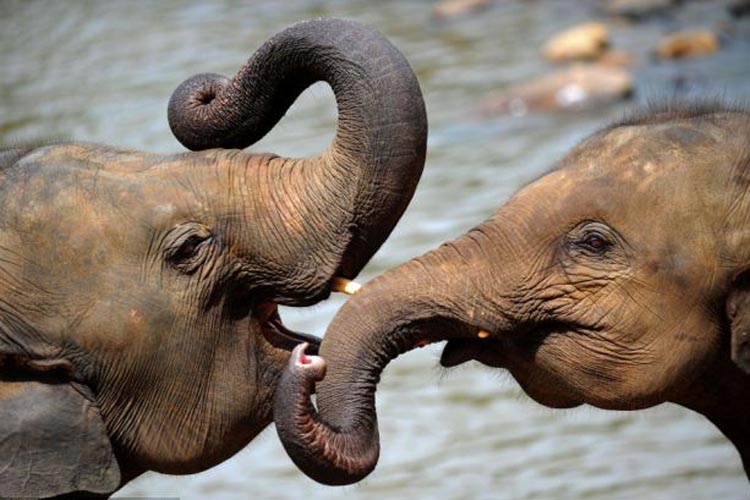
Although there have been less than a handful of baby elephants born into captivity in Sri Lanka since the 1980s – not counting those born at the Pinnawala Elephant Orphanage – there has been, strangely enough, an increase in the number of registrations of baby elephants at the Department of Wildlife Conservation (DWC). Giving sanction and passage to this sinister trade are highly placed public officials and individuals with considerable clout and political power. The issue has been given sporadic coverage over the years (this writer also reported on the issue in 2011, for The Sunday Leader) but until recently, little was done to clamp down on this trade.
In Perspective
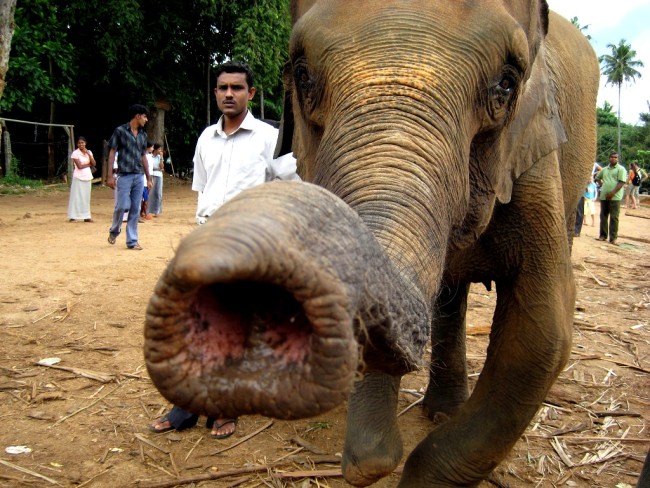
According to Sri Lankan law, it is illegal to capture elephants from the wild. Image Credit: hikenow.net
Owning an elephant – and in Sri Lanka, unfortunately, this is not a novel concept – isn’t as straightforward as it seems. There are many private owners of elephants, and considerable documentation is required for the registration of an elephant. There is one catch, however: it is illegal to capture elephants from the wild, as per the Fauna and Flora Protection Ordinance. Yet, while there are no baby elephants born into captivity, these private owners nevertheless have access to baby elephants.
Having worked on this story some years prior to this, it was learnt that the elephants weren’t from the Pinnawala elephant orphanage – which is the only legal way to obtain an elephant, via donation. The DWC wasn’t too wild on providing any information at the time either, for reasons that remain unclear. The only explanation, elephant experts contend, is: these elephants are taken from the wild, illegally.
High Casualties
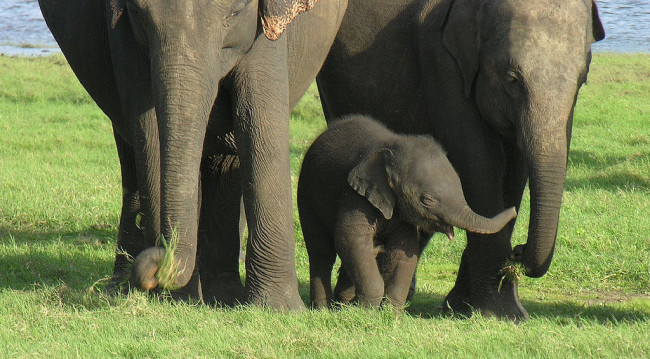
A baby elephant separated from its herd has a 40% mortality rate, possibly higher if captured via illegal means. Image Credit: hikenow.net
Speaking to Dr. Prithiviraj Fernando, elephant expert and Chairman, Trustee and Scientist at Centre for Conservation and Research (CCR), it was understood that even in transit homes, which have all the facilities for elephants, the mortality of a baby elephant separated from its herd is 40%. “In illegal cases, it has to be a lot more,” he said, adding that in the case of illegally captured elephants, proper care is often not administered.
How It Works
For years, elephant experts had been suspicious about the sudden crop of baby elephants found at various temples and with private owners. Interestingly, these elephants weren’t donated by Pinnawala. It wasn’t until recently, due to political pressure and requests from several environmentalists, that the Attorney General’s department formed a special unit to look into wildlife-related crime. Only then did investigations into the issue begin – what they found can only be called a combination of foolhardy bravado and arrogance.
The DWC has a book registering domestic elephants. There was also a law passed in 2009 stating that if a domestic elephant is pregnant, the department has to be informed within a few days. Because this law complicates forgery, all entries where baby elephants were registered predated 2008, and thereby predated the law as well. In certain instances, the guilty party had merely written over older entries (predating 2008), using correction fluid and replacing the older pictures of the elephants with newer ones. The AG’s department caught on to the series of forgeries that, fortunately and rather ridiculously, were easy to see right through: not only was the paper trail required to register an elephant incomplete and patchy, but the guilty parties also – perhaps in belief that they would never be caught – utilised rather moronic tools like correction fluid and strike throughs.
According to the Director at Species Conservation Centre (SCC) and elephant expert, Pubudu Weerarathna, the Attorney General’s department and the CID detected around 50 cases of forgery. After further investigations, the CID started conducting raids. The elephants found have been taken into custody and sent to Pinnawala. Currently there is a special holding pen being built at the Udawalawe National Park to help accommodate these elephants. Those implicated are yet to be arrested; evidence against the guilty parties is still being collected. Weerarathna, however, noted that there are a few well-known temples that are implicated in this matter. There are also notoriously shadowy figures, who, thanks to political cover, have managed to conduct these operations in relative safety.
Capturing The Elephant Calf
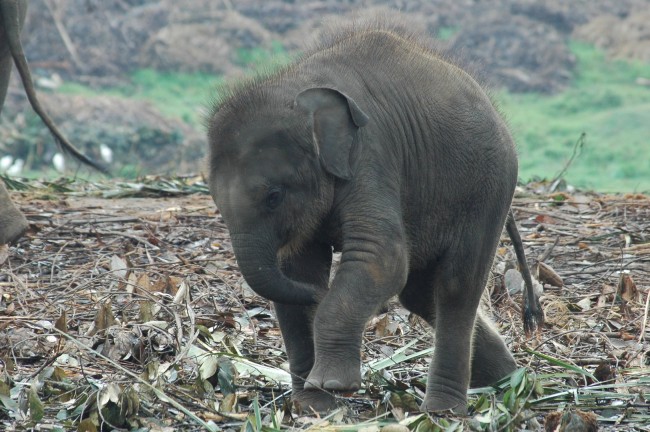
The process via which a calf is captured from the wild is both cruel and depressing. Image Credit: mysrilankatravel.com
The herd is always protective of the calf, so the methods used by the smugglers involve separating the baby from the herd, and especially the mother. Weerarathna claims that, in the past, snares had been used to catch babies. “The babies would have wounds and cut marks,” he explained.
In this day and age, it would seem that technology has caught up even with the smuggling trade. Tranquiliser guns are used on the babies, while shotguns are used to inflict injury on the mother. The baby elephants often have a dark patch on their hide, a testament to the tranquiliser dart.
Only the baby elephants in prime condition are selected – from then on, it gets worse. Weerarathna explains that the training of the animal is brutal. Cables and ropes are used to tie the elephant, and the smugglers work towards breaking the elephant’s spirit completely. They belittle and humiliate the animal to break its resistance and make it succumb.
To transport the elephant from the place of capture to its intended destination, which is often Colombo, defenders or jeeps are used in some cases. Another method is loading the tranquilised elephant onto a truck and placing a plastic water tank on top to hide it, Weerarathna explained.
Why They Do It
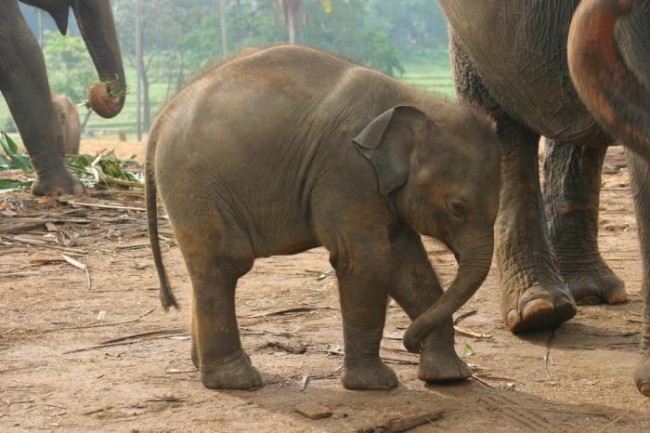
Tourism and personal prestige are two very problematic motives behind the elephant trade ‒ and a calf like this one could fetch up to Rs. 10 million. Image Credit: puretravel.com
The elephant trade is big money – an elephant calf could involve up to Rs. 8 – 10 million. The demand for this trade comes from people who want to own elephants for prestige, including temples, as well as the tourism industry. These days, it isn’t all that difficult to find an elephant or two at any given religious festival, a trend of sorts, one could say. Weerarathna explained that the owners of the elephant earn around 40,000 – 60,000 rupees per night when they hire their elephants out to various parties. Tuskers fetch an even higher price. The sale or purchase of a tusker could fetch up to Rs. 11.5 million. Weerarathna added that none of this, in any way, corresponds to any known religious or spiritual belief because fundamental to the illegal elephant trade is cruelty.
The other culprit is the tourism industry – Sri Lanka and elephants are practically synonymous. “Hoteliers will pay a lot to have baby elephants on premises,” Weerarathna said.
Looking at this issue historically, elephants have been a part of the fabric of our history – from great legendary battles to working elephants to elephants at peraheras. While it goes without saying that harming these animals doesn’t form the basis of any known religion in the world, we don’t need to look that far to understand the sheer cruelty of this trade.

